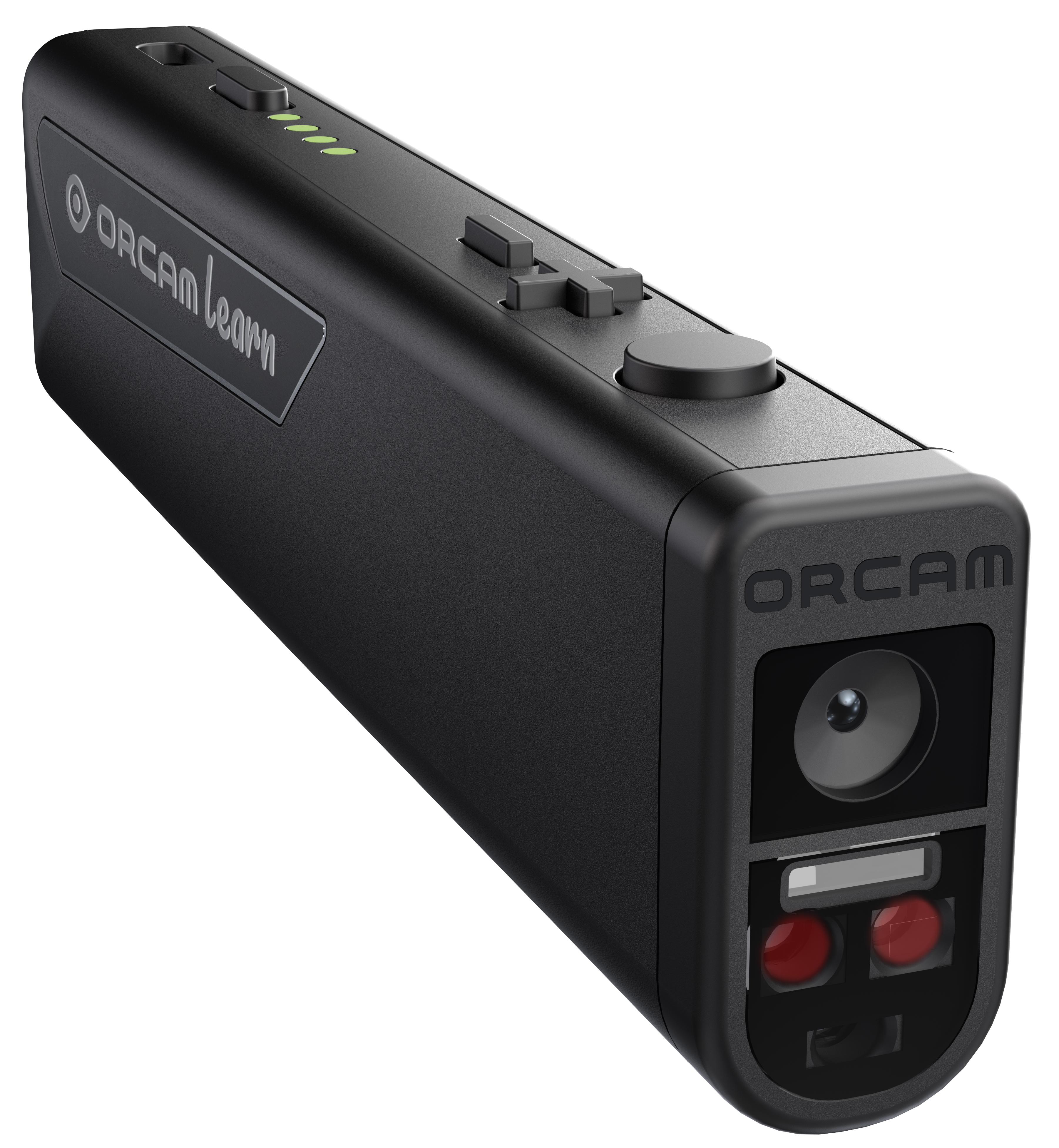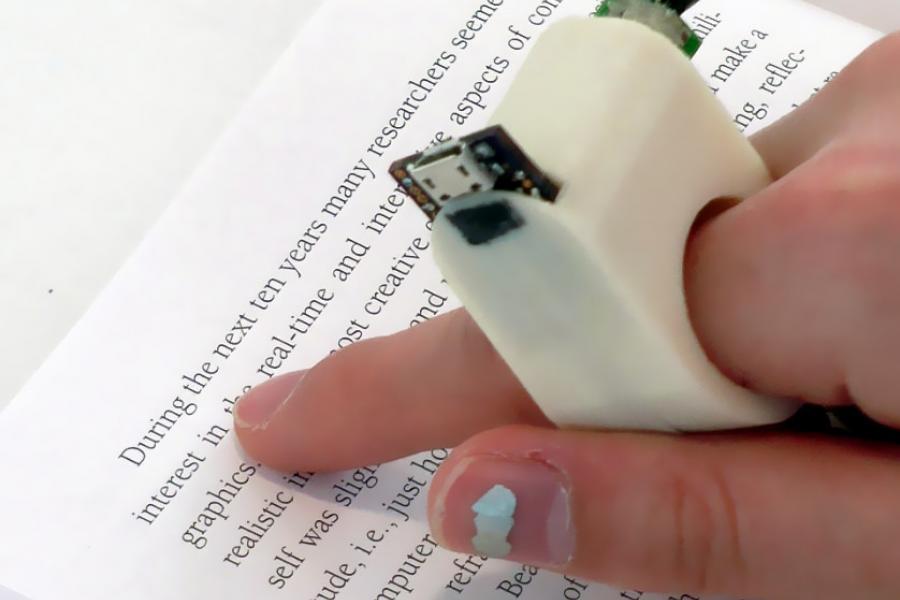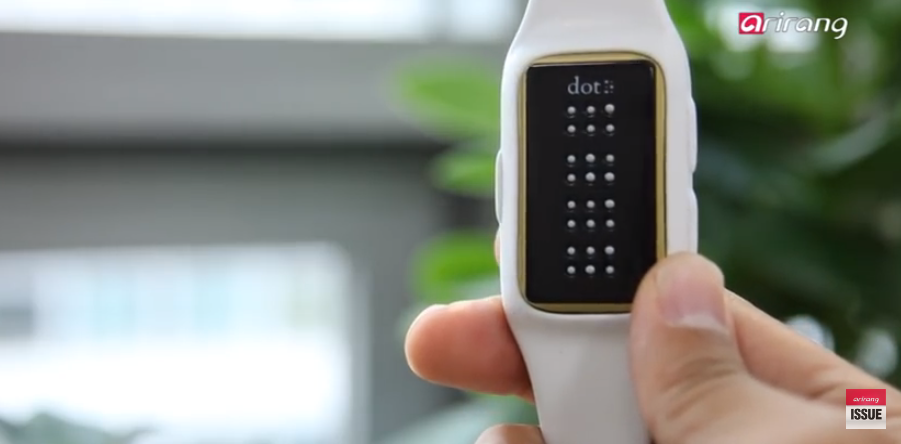Mobility Aids for Visually Impaired Users: Improving Independence
Discover Innovative Devices Created for the Aesthetically Impaired
The growth of cutting-edge devices for the visually impaired stands for a considerable development in access and self-reliance. Technologies such as wise glasses with AI abilities and mobile applications made to give auditory summaries are improving daily experiences for users. Additionally, wearable gadgets that use haptic responses boost environmental understanding, while contemporary Braille innovations use new methods to engage with text. As these tools remain to progress, their impact on the lives of those with visual disabilities increases crucial questions regarding the future of inclusivity and autonomy in different facets of life. What exists in advance in this technical landscape?
Smart Glasses for Navigation

Smart glasses designed for navigating are transforming the method visually impaired people interact with their atmosphere. These innovative gadgets utilize a mix of video camera innovation, artificial intelligence, and acoustic comments to give real-time info regarding surroundings. By using barrier detection systems, wise glasses can notify customers to potential dangers, enabling more secure movement in both acquainted and unknown settings.
The combination of GPS modern technology better enhances navigation capacities, permitting customers to receive auditory directions as they relocate. This hands-free strategy not only fosters self-reliance yet additionally equips aesthetically impaired people to browse metropolitan landscapes with increased confidence. Additionally, several wise glasses are furnished with functions that identify landmarks and road signs, providing contextual information that boosts the individual experience.
Additionally, the advancement of these devices is consistently advancing, with companies working to improve the accuracy of things recognition and expand the variety of navigational attributes. As smart glasses end up being more accessible and budget-friendly, they hold the possible to considerably change day-to-day live for aesthetically damaged users. Eventually, these ingenious devices stand for a crucial step towards inclusivity, offering enhanced flexibility and a higher feeling of autonomy for people browsing the world around them.

Mobile Apps for Daily Living
How can mobile applications improve the lives of aesthetically impaired individuals? Mobile apps are transforming the method visually damaged users navigate their atmospheres, take care of daily tasks, and accessibility information. These applications offer crucial assistance through different performances, promoting freedom and enhancing lifestyle.
A number of ingenious mobile apps are created particularly for everyday living. Applications like Be My Eyes connect visually impaired users with sighted volunteers through video calls, permitting them to receive real-time assistance with jobs such as checking out tags or navigating unknown rooms. Similarly, Seeing AI, developed by Microsoft, makes use of expert system to define environments, checked out message, and determine items, efficiently transforming a smartphone into an effective tool for everyday help.
Additionally, navigation applications tailored for the visually damaged, such as Aira and BlindSquare, offer audio-based instructions and environmental info, allowing users to traverse their surroundings safely and with confidence. Past navigation and prompt aid, mobile apps also support organization and task monitoring, with attributes that aid individuals establish suggestions, produce to-do listings, and track appointments. In recap, mobile applications act as indispensable resources, encouraging visually damaged individuals to lead more independent and satisfying lives.
Wearable Technologies for Assistance
Empowerment through innovation is progressively obvious in the more info here realm of wearable tools developed to help aesthetically impaired people. These cutting-edge devices integrate perfectly into life, boosting navigating and supplying crucial comments to individuals. For circumstances, wise glasses geared up with cams can recognize faces and read message aloud, allowing customers to communicate even more with confidence in specialist and social setups.
Another remarkable improvement is making use of haptic comments systems in wearable gadgets. These systems utilize vibrations or other responsive signals to share information regarding the user's atmosphere, such as obstacles pop over to this web-site or changes in surface, boosting wheelchair and security. Wearable innovations also include wristbands that link to smartphones, notifying users to notices through refined vibrations, hence boosting connection without dependence on visual signs.
As these technologies remain to evolve, they are not only boosting self-reliance for aesthetically damaged people yet likewise cultivating a better sense of inclusion in culture. By linking the void in between challenges faced in daily living and the capacity for autonomy, wearable innovations work as essential devices in the mission for equality and empowerment for those with visual impairments.
Audio Summary Devices
Sound description tools play an important role in enhancing access for visually impaired individuals, offering them with the capability to engage with visual media. Speech-to-text devices for low vision. These tools supply narrated descriptions of essential visual components in movies, tv programs, and live performances, guaranteeing that customers can completely understand the context and feelings shared via visuals
Sound description can be integrated into different systems, including streaming services, movie theater testings, and live cinema. Numerous popular streaming services currently consist of audio description as an access attribute, allowing visitors to choose it conveniently. Along with conventional media, specialized applications also exist, offering audio summaries for art events, galleries, and other social occasions.
The performance of audio description rests on the skill of the storytellers, that need to communicate aesthetic information succinctly without diminishing the initial sound. Advancements in this area are also leading the way for even more customized experiences, where users can adjust the level of detail and pacing according to their preferences.
Braille Innovations and Devices
Braille advancements and tools have significantly transformed the method aesthetically damaged individuals connect with text and information. Modern developments have resulted in the growth of flexible tools that boost proficiency and independence among individuals. Especially, Braille present innovations have progressed, enabling vibrant analysis experiences. These devices transform digital message into Braille, allowing users to access a huge array of info on smartphones, tablets, and computers.
Additionally, portable Braille notetakers combine conventional Braille input with modern performances, facilitating note-taking, scheduling, and paper editing on the move. Smart glasses for the visually impaired. These portable tools frequently include text-to-speech capacities, connecting the void in between Braille and acoustic details
In enhancement, hop over to these guys cutting-edge Braille printers have arised, permitting customers to produce Braille tags, files, and instructional products successfully. This ease of access fosters better involvement in professional and academic atmospheres, eventually promoting inclusivity.
In addition, research right into wise Braille modern technologies continues to broaden. Gadgets that incorporate artificial intelligence are being explored to offer real-time navigation aid and contextual info, enhancing the individual experience in diverse setups. Overall, these technologies show a commitment to encouraging aesthetically impaired people with innovation, guaranteeing they can easily accessibility and engage with the world around them.

Conclusion
The improvement of cutting-edge tools for the aesthetically impaired considerably improves freedom and quality of life. These innovations not just foster better addition yet additionally advertise freedom in everyday activities, inevitably contributing to a much more fair and accessible society for visually impaired individuals.
As wise glasses come to be extra available and cost effective, they hold the potential to substantially change everyday life for aesthetically impaired users. Mobile apps are revolutionizing the means aesthetically damaged customers browse their settings, take care of daily tasks, and access information. Apps like Be My Eyes connect visually damaged customers with sighted volunteers using video calls, allowing them to receive real-time assistance with jobs such as checking out labels or navigating unknown areas.Furthermore, navigation apps tailored for the visually damaged, such as Aira and BlindSquare, offer audio-based instructions and ecological info, allowing individuals to traverse their environments safely and confidently.The development of innovative devices for the visually impaired significantly enhances self-reliance and high quality of life.